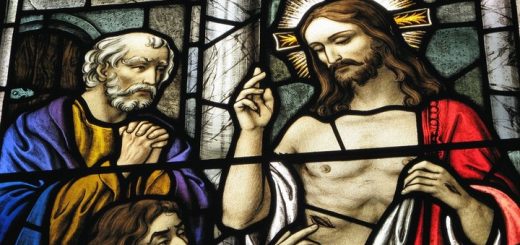The clouds in the Bible, a "vehicle" between heaven and earth
Article by Annamaria Fabri taken from Castello7, weekly letter to the parishioners, year 26, n. 20 of 12 March 2017
"... a light cloud enveloped them with its shadow ..." (Mt. 17.5). This atmospheric phenomenon has always inspired the imagination of poets and contemplatives. The figures that the clouds draw in the sky lend themselves to this with their vary of color and shape. The rain, hail, snow falls from the clouds. With the clouds the hurricanes and atmospheric phenomena that imput fear are announced.
In the Old Testament the clouds purchased a theological value that, moreover, also had in Greek antiquity. In fact, the cloud reveals or covers the light of the sun or the moon and makes it transpire to always different forms and ways, even if it is always the same, lending itself to being a sign of valament-saving of the divinity.
In this sense, the book of the exodus narrates of the cloud in which God manifests himself to Moses on Mount Sinai (e.g. 19.9) revealing himself to him, with whom he "spoke face to face" (e.g. 33,11) and at the same time joining the rest of the people.
The Israelites on the way to the land of the promise saw the cloud that accompanied them and understood that it was God who guided his people and to protect him (e.g. 13:21). When Solomon inaugurated the temple, the cloud went down on the temple and wrapped it (1 kings 8:11).
The image of the cloud is used to express a theological data also in the New Testament. In the stories of the transfiguration of Jesus (Mk 9.7; Mt. 17.5; Lk 9:34) the cloud recalls the "theophanes" (= manifestations of God) of the Old Testament.
We find the reason for the cloud in San Paolo (1 Cor. 10,1-2) joined to the path in the desert and the crossing of the sea as signs of baptismal salvation.
The clouds, this time at the plural they are almost served as a "vehicle" between heaven and earth as when it comes to the coming of the "son of man" on the clouds of the sky (Dan. 7,13; mt. 26.64; ap. 1,7).






